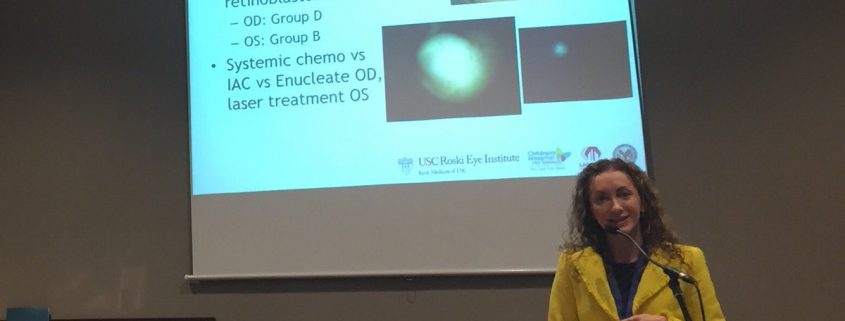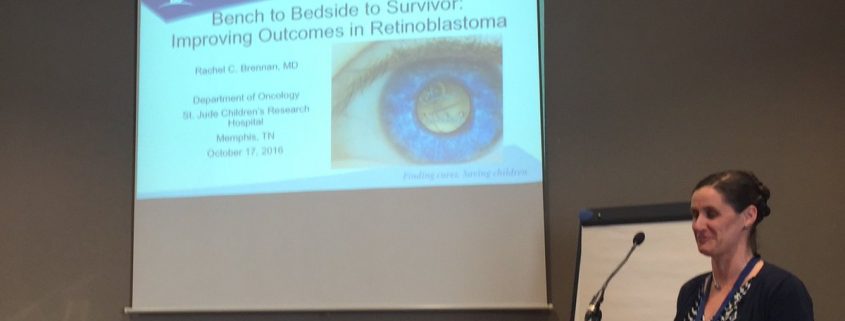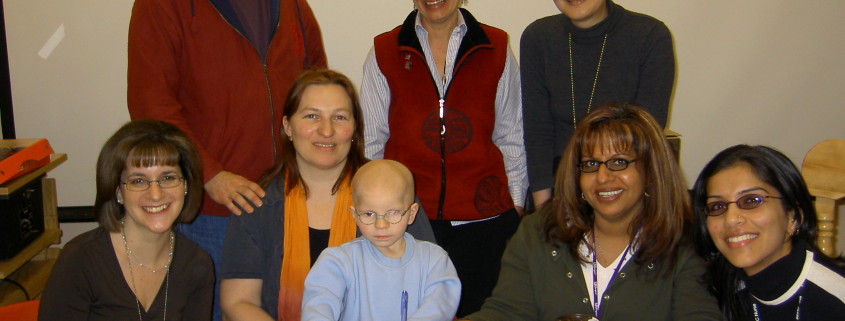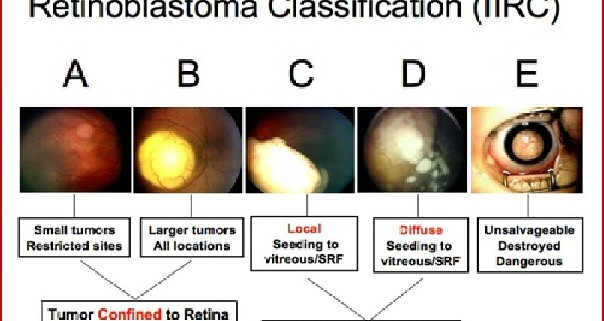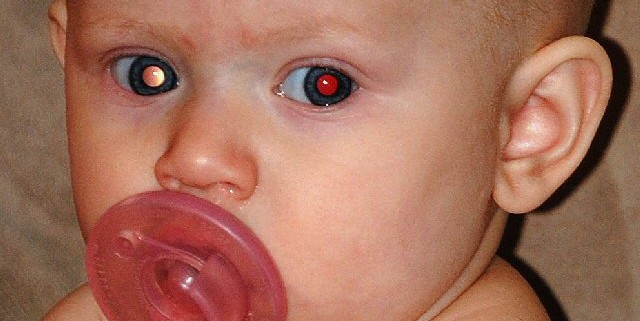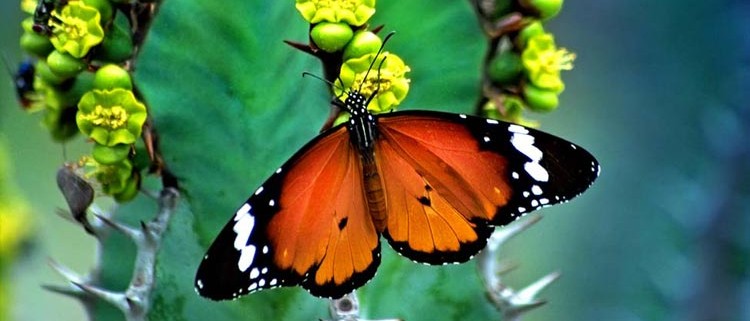Alfred Knudson Memorial Session
A special session at the 2016 World Congress of Paediatric Oncology was hosted in memoriam of Alfred G. Knudson, Jr., MD, PhD, who died in July. Knudson developed his “two-hit hypothesis” after years of observing children with retinoblastoma, and this now forms the backbone of cancer genetics. The session focused on most effective staging for retinoblastoma, identifying and treating high risk children.



